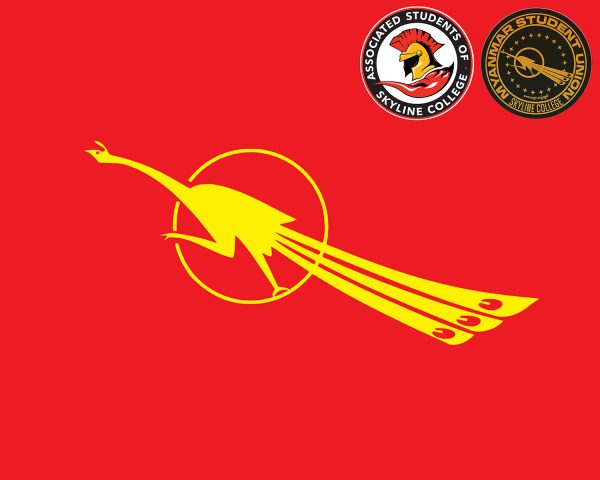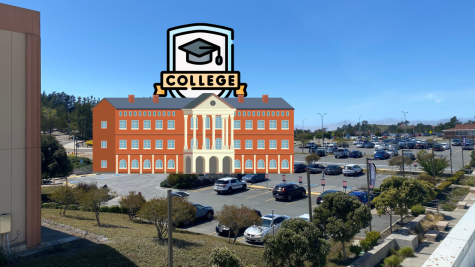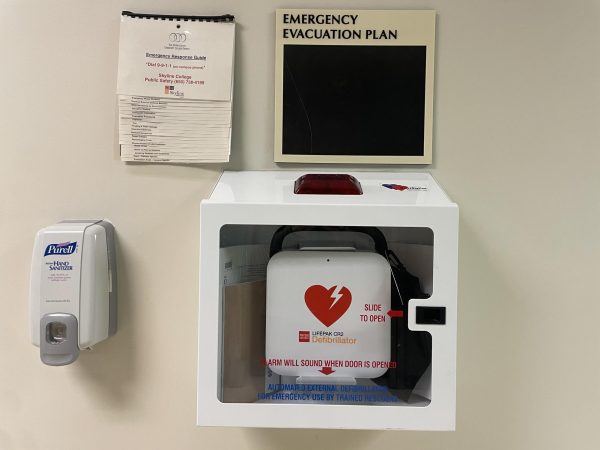Prop 30 – Needed for California’s Future Student Success
Proposition 30 continues to fund California community colleges as the 2013-2014 state budget comes into effect, and we at Skyline are feeling the effect.
In Nov. 2012, Proposition 30, the Sales and Income Tax Increases Initiative, was approved by Gov. Jerry Brown in the notion to provide revenue to pay for programs in the state budget by putting a higher tax on upper-income taxpayers. The income brackets taxpayers off above $250,000, taxing earners respectively to their income for seven years.
This is good for the budget for California community colleges, which has been decreased by $1.5 billion in the last six years.
Proposition 30 led to the creation of the Education Protection Account (EPA). According to the California Department of Education, the EPA provides local educational agencies with state aid funding. These funds are given to both K-12 schools as well as community colleges. Grade schools receive 89 percent, while community colleges obtain 11 percent.
The 2013 state budget funding for California received $89 million to increase accessibility for students into community colleges, $25 million for adult education, and over $15 million for the shift from K-12 schools to community colleges.
The EPA funds that apply directly to community colleges allowed Skyline College accessibility toward hiring more teachers. More teachers allow more classes, and more classes allow more student availability toward required coursework.
In 2012-2013, California community colleges received $210 million in additional funds, which made room for over 40,000 students. Although fee per-unit increases every year, students are still increasingly taking classes at community colleges, which attempted to counteract the budget cuts during the years.
According to the Vice President of Administrative services at Skyline College Eloisa Briones via email, SMCCCD receives $100 per Full-Time Student, which adds about $2 million per year, in which $600,000 goes to Skyline College. In turn, the money that Skyline gets per year is used towards the process of hiring teachers.
However, “SMCCCD/Skyline College no longer relies on state apportionment since it became community-supported in 2012,” says Briones. “A major source of the district/colleges’ funding comes from local property taxes which increase at the rate of about 6% per year.”
Although Skyline College does not fully rely on Proposition 30, it has found ways to support the needs of the students and faculty. With the proposition heading toward expiration in 2019, students still believe that it will be beneficial toward their college success
“I think the prop should continue after it expires if it’s going toward schools, especially local community colleges,” says Skyline student Bruna Bessa. “The more teachers the schools are able to provide, the better it is for the students.”
“The more teachers we have the more classes there will be offered,” says CCSF student Janine Borja. “It also helps that there’s more teachers so the classes wouldn’t be impacted.”
Students who are either directly or indirectly affected by Proposition 30 see that the idea of having accessibility to classes and teachers will benefit all community college students nonetheless.
Statistics from the California Community Colleges Chancellor’s Office say that California community colleges educate 70 percent of our state’s nurses in addition to 80 percent of California’s law enforcement, firefighters, and emergency medical technicians.
Regardless of the community college, students are aware that Proposition 30 is beneficial towards their college success. More money toward the schools led to more time for students to communicate with their personal professors and other programs that can enrich their education.



















